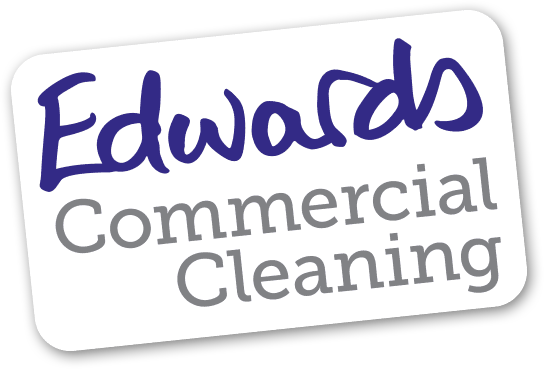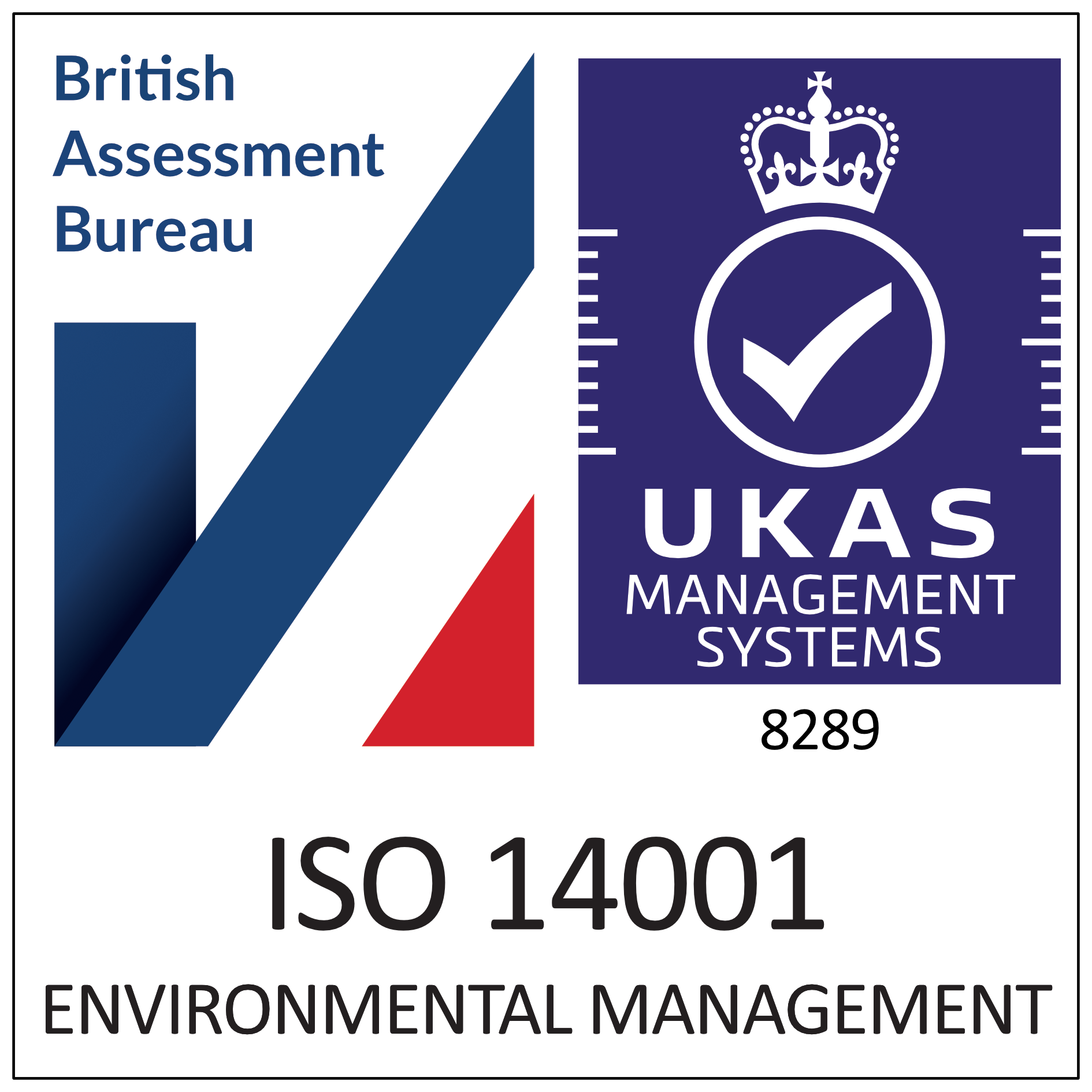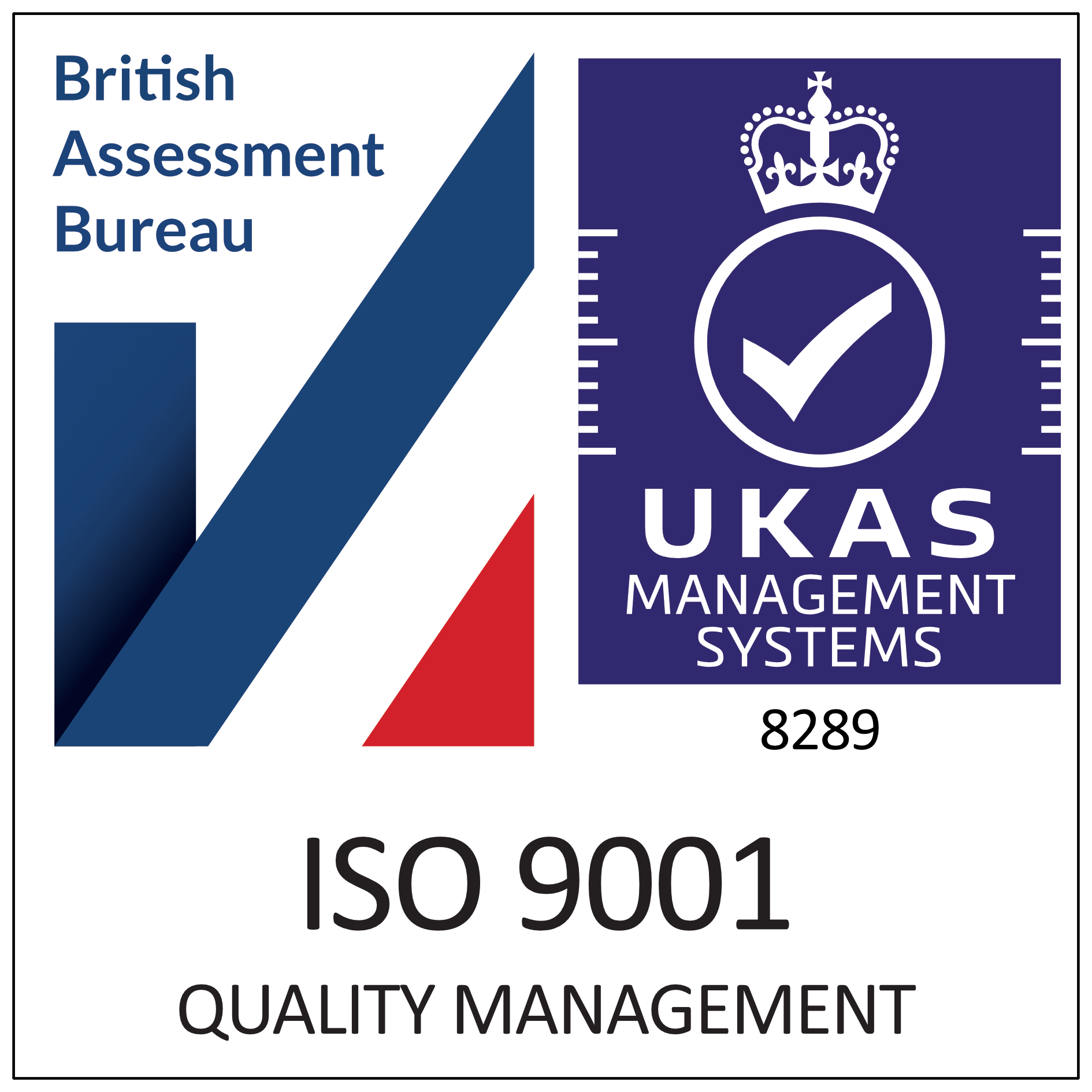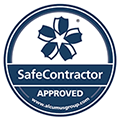Hazel and I were lucky enough to be able to attend the Interclean Show in Amsterdam last week. It’s probably the biggest cleaning show in Europe and was absolutely massive with literally thousands of exhibitors crammed into 12 huge halls.
Along with the exhibitors there were seminars being held covering just about everything there is that’s known about cleaning and to be honest you could literally spend all day just listening to different talks, never mind walk around the halls. Anyway, we happened to come across a talk being given by a very well-known chemical manufacturer about infection prevention in hospitals and medical establishments. As we clean many medical facilities and places where infection can easily spread quickly, we decided to stop and listen.
Surveys have shown that the two main places where infection is mainly spread is on the common touch surfaces (handles, taps, work tops, desks, phones, switches etc) and floors. Hands on floors and then hands to faces, eyes and food is a particular hazard so where (particularly children at school) this may be common, appropriate methods of cleaning and disinfection needs to be implemented and recorded. A written cleaning plan is vital to ensure desired levels of cleaning are being adhered to. Auditing of the plan is critical and this can be done by Supervisors or even Infection Control personnel, depending on the location.
Education of the staff on site and monitoring of hygiene levels and behaviour is essential to reduce risk and prevent infection as far as possible. Hand washing with soap and proper drying as well as using alcohol gels in higher risk areas has to be encouraged. MRSA, colds and flu can be controlled if people wash hands after using toilets, kitchen areas and before and after consuming food. Asking people to cough or sneeze in to paper tissues and disposing of the tissue is important, followed by a thorough hand washing practice.
In hospital tests a particular pathogen was introduced to a square meter of flooring and deliberately left for three days. Infection control then swabbed this room, including surfaces, walls and the rest of the floor and the room was found to be heavily infected with this easily recognised pathogen. This shows that a cleaning is vital in controlling and preventing spread of infection and also the importance of systems introduced to increase awareness of those using and working in the facility.
Of course, the correct and effective method of using chemicals by trained cleaning operatives is absolutely necessary but the best plan is to involve the client and their staff. Encouraging the flu jab for staff where there may be an outbreak or a history of outbreaks will help but also good hygiene announcements via social media, in house newsletters and other communication methods will help prevent damaging outbreaks.
Suggestions even in building design to minimise risks by building L shaped entrances to toilets and canteens to remove doors from the infection equation was beginning to gather pace, especially in school toilets and other high footfall places where doors may pose an extreme infection passing hazard.
An effective, written and audited cleaning regime along with a system of education and availability to alcohol gel dispensers, soaps and an effective disinfectant being used by well-trained operatives in the cleaning plan should keep infection to a minimum and attendance rates to a maximum.






